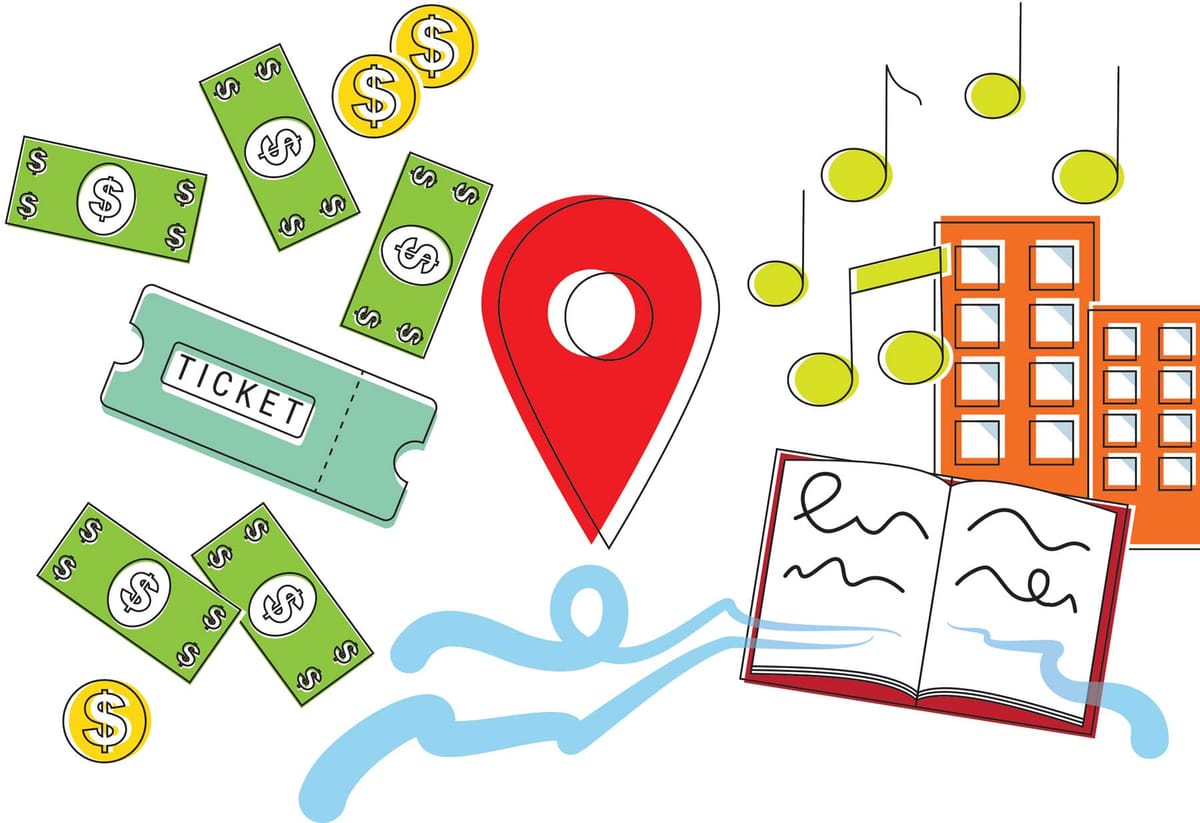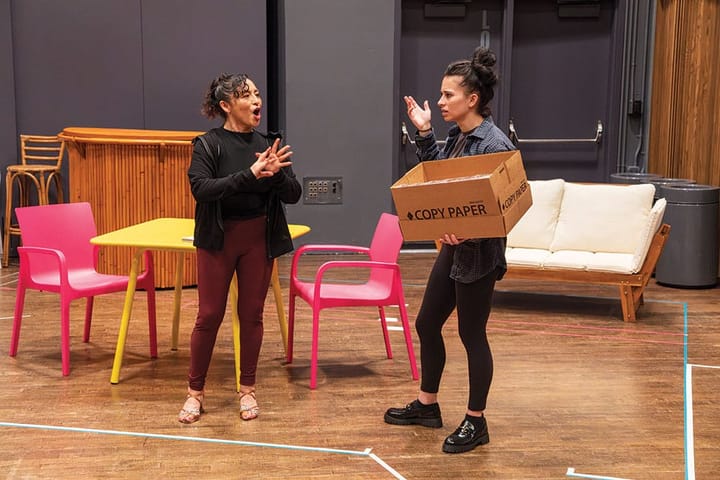Fueling Seattle’s future: the story of art, money, and community revival
The resilience of Seattle’s artistic community shines through with new government initiatives and cultural spaces.

On a brisk morning in downtown Seattle, the familiar hum of Pike Place Market buzzes with life as a stark, empty storefront—once home to Bed Bath & Beyond—stands waiting for its next chapter. While tourists pose by the iconic “Public Market Center” sign, city planners and artists envision something transformative: a space alive with music, murals, and storytelling. This vision isn’t just a passing dream; it’s part of a larger narrative in which creativity and community resilience shape Seattle’s future.
The Role of Art in a Changing City
Seattle’s arts scene has always been a cornerstone of its identity. Yet in recent years, it has faced growing challenges. The COVID-19 pandemic hit creative workers particularly hard, with theatres darkened, events canceled, and artists left without income. But this city, known for its innovation and cultural richness, saw an opportunity to address these struggles head-on.
In 2021, the city launched Hope Corps, a modern adaptation of the New Deal’s Works Progress Administration. The program provided immediate relief to artists while enriching neighborhoods with public art and community-building projects. To date, Hope Corps has funded over $3.75 million in initiatives, including 60 citywide murals that not only beautify the streets but also celebrate local voices and perspectives. “This opportunity and experience has shown me I am stronger and more capable than I previously believed, and that collaboration and asking for help in creating is beautiful,” said artist J.R. Rhodes about the project.
Budgeting for Cultural Renewal
Mayor Bruce Harrell’s 2025–2026 budget proposal takes Seattle’s commitment to the arts even further. At its core, the budget reflects a vision of cultural renewal intertwined with economic recovery. A $1 million investment will ensure Hope Corps continues to offer opportunities for artists, while an additional $1 million is set aside to revitalize areas like King Street Station.
But the financial support doesn’t stop there. The city’s budget also includes inflation-adjusted grants for existing arts programs, $650,000 for pandemic-related recovery efforts in the arts, and investments in neighborhood-focused cultural projects. These allocations aim to uplift creative workers while strengthening the connection between arts and community development.
Artists at the Center: A Living Canvas
One of Seattle’s most exciting cultural endeavors is the Artists at the Center program. Situated on the Seattle Center campus, this initiative bridges the gap between artists and audiences, providing a platform for live performances and public engagement. Funded by Climate Pledge Arena and the Seattle Kraken, it reflects the city’s dedication to equity and accessibility. Since its inception, Artists at the Center has reached nearly 500 artists, offering them the chance to connect with audiences and advance their careers.
The program also underscores the importance of representation. Selection processes prioritize underserved and emerging artists, ensuring a diverse range of voices is heard. Whether it’s a dancer sharing their craft in a pop-up performance or a musician blending traditional and modern sounds, these moments enliven the city and highlight the power of creativity to unite people.

Downtown Activation: Breathing Life into Vacant Spaces
The revitalization of downtown Seattle is a critical piece of this artistic puzzle. The Downtown Activation Plan reimagines spaces left empty by shifting retail landscapes. Buildings like the former Bed Bath & Beyond could become hubs for art, community gatherings, and cultural commerce. Murals already adorn many of the city’s walls, transforming once-drab corners into vibrant expressions of identity and hope.
These efforts also align with broader goals to combat urban isolation and make downtown spaces more inviting. Pop-up performances, temporary exhibitions, and artist residencies breathe new life into the city, creating places where people want to linger and connect.
Challenges and the Path Forward
While Seattle’s arts initiatives paint a hopeful picture, challenges remain. Rising living costs have made it increasingly difficult for artists to afford housing and studio space. This has led to conversations about integrating affordable housing with creative spaces, ensuring that artists can live and work in the city they enrich.
Additionally, equitable access to funding is an ongoing priority. Programs like Hope Corps and Artists at the Center emphasize reaching underserved communities, but barriers to entry still exist. By continuing to invest in outreach and streamlining application processes, the city can ensure that its arts funding reflects the diversity of its population.
A City Shaped by Art
In many ways, the story of Seattle’s arts scene mirrors the broader story of the city itself. Both are shaped by resilience, creativity, and a willingness to adapt. From large-scale investments to intimate neighborhood projects, Seattle is proving that art isn’t just an amenity—it’s an essential part of the city’s identity and recovery.
For the artists involved, the impact is deeply personal. For the audience, it’s a reminder of the beauty and possibility that exist in every corner of the city.
Back at the former Bed Bath & Beyond, the possibilities remain endless. City planners envision a future where this space—and many like it—becomes a beacon of Seattle’s cultural renaissance. Whether through performances, installations, or community workshops, these transformations embody the city’s belief in the power of creativity to inspire, connect, and heal.
As Seattle continues to invest in its artists, it’s not just shaping a vibrant arts scene—it’s shaping a future where everyone has a place to create, share, and belong.



